Products You May Like
Believe it or not, our most beloved trails and backcountry sites have changed a lot in the past five decades. In the 1970s, hiking paths were poorly maintained, the only “influencer” was Smokey Bear, and litter and vandalism were more common. (Leave No Trace principles didn’t take shape until the ’90s.) In the February 1976 issue of this magazine, we reported that there were only 100,000 miles of hiking trails in the U.S. That was less than 1 yard available per citizen; if everybody in the country hiked at the same time, they could hold hands. Now, we have double that on federal lands alone. As hiking has become more accessible, it’s not just the trails that are different; it’s also the hikers themselves. Back in the ’70s, it was mostly jort- and flannel-clad men. Since then, the hiking community has evolved to include a diverse mix of genders, races, abilities, body types, and backgrounds. After all those changes, however, one thing still bonds adventurers of all generations: an unrelenting adoration for the trails, our tramily, and the natural beauty that surrounds
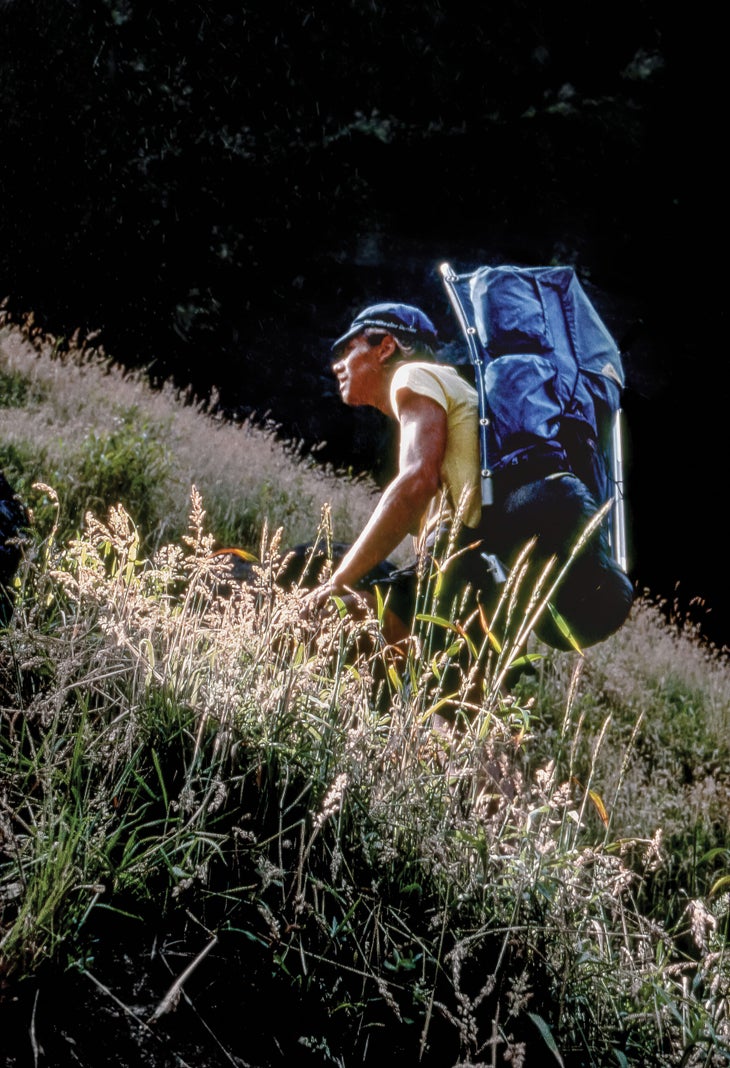
In 1983, you didn’t need any permits to reach the cables at Half Dome. Here, a hiker takes the Mist Trail to Little Yosemite Valley to camp for the night before tackling the Half Dome summit the next morning. Photo: Kirkendall-Spring Photographers
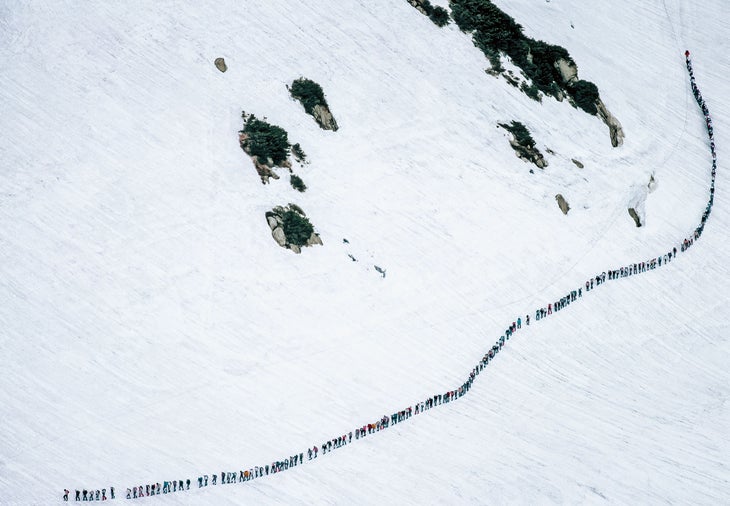
Two hundred Japanese schoolgirls climb Mt. Tate in the Japanese Alps, shown here in the 1980s. Also known as Tateyama, this is one of the country’s three most sacred peaks. A century before, in 1872, the Japanese government lifted its traditional nyonin kekkai (“no women admitted”) restrictions that banned women from visiting sacred mountain sites. Photo: Galen Rowell/Getty Images
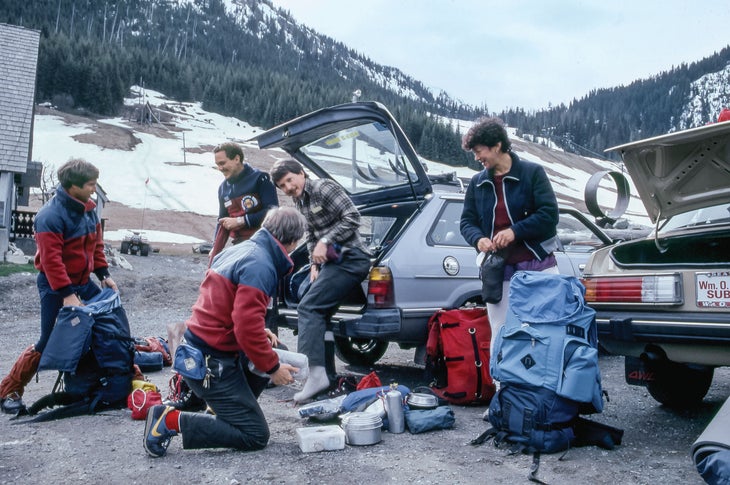
Members of the nordic ski patrol based at Washington’s Snoqualmie Pass prepare for a backcountry tour of Chinook Pass in 1984. Photo: Kirkendall-Spring Photographers
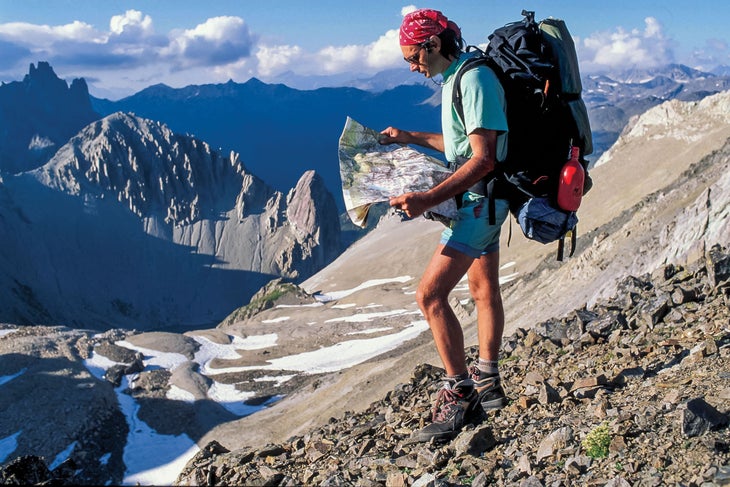
Hikers used to navigate only with maps and compasses, like this backpacker in the French Alps’s Massif des Cerces. Paper maps were the norm until cheaper receivers and better satellite coverage popularized GPS technology in the 2000s. Photo: Pierre Masclaux/Getty Images
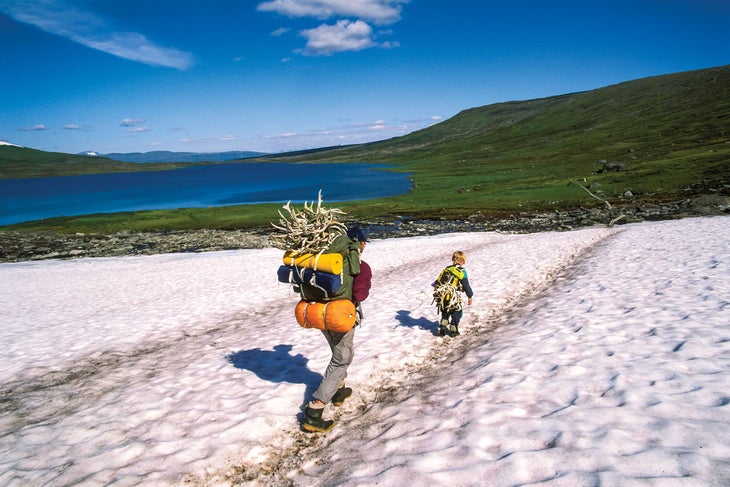
Sweden’s Padjelanta National Park is known for its large reindeer population. Reindeer have been migrating to the area for thousands of years, and it’s common to see their antlers shed on the sides of the trails, which hikers collected here in 1995. Photo: Anders Ryman/Getty Images
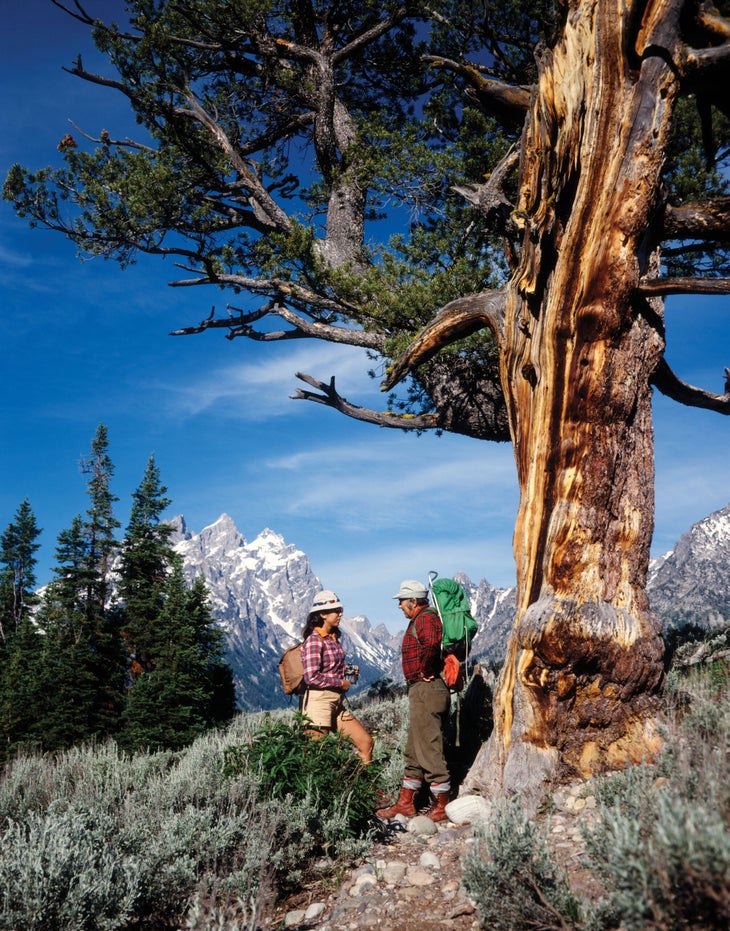
In the 1970s, Grand Teton National Park focused on reducing the amount of pollutants and unnecessary human impact on the trails. The park prohibited trail development to better protect those areas, too. Today, the national park still prioritizes sustainability with its composting program and zero-waste initiative. Here, two Grand Teton hikers pause under a whitebark pine in the 1970s. Today, those are some of the most protected trees in the park. Photo: D. Corson/Getty Images
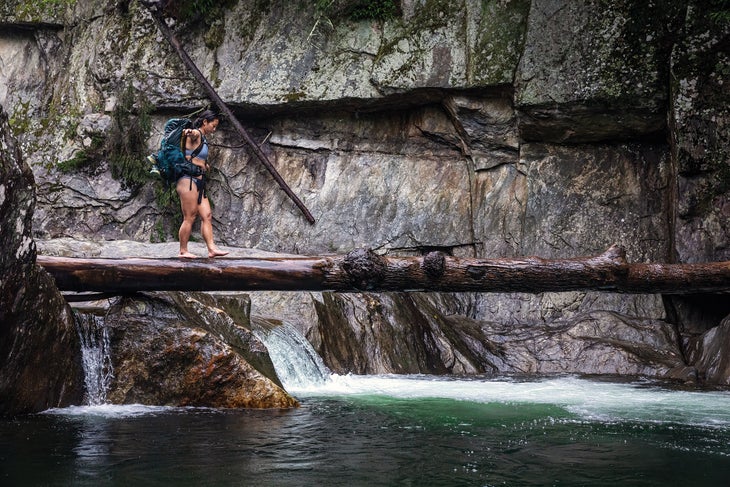
Constructed between 1910 and 1930, the Long Trail is the oldest long-distance path in the United States. It still attracts lots of section- and thru-hikers each year, such as Lauren Pomerson, shown here in 2021. Photo: Dan Holz
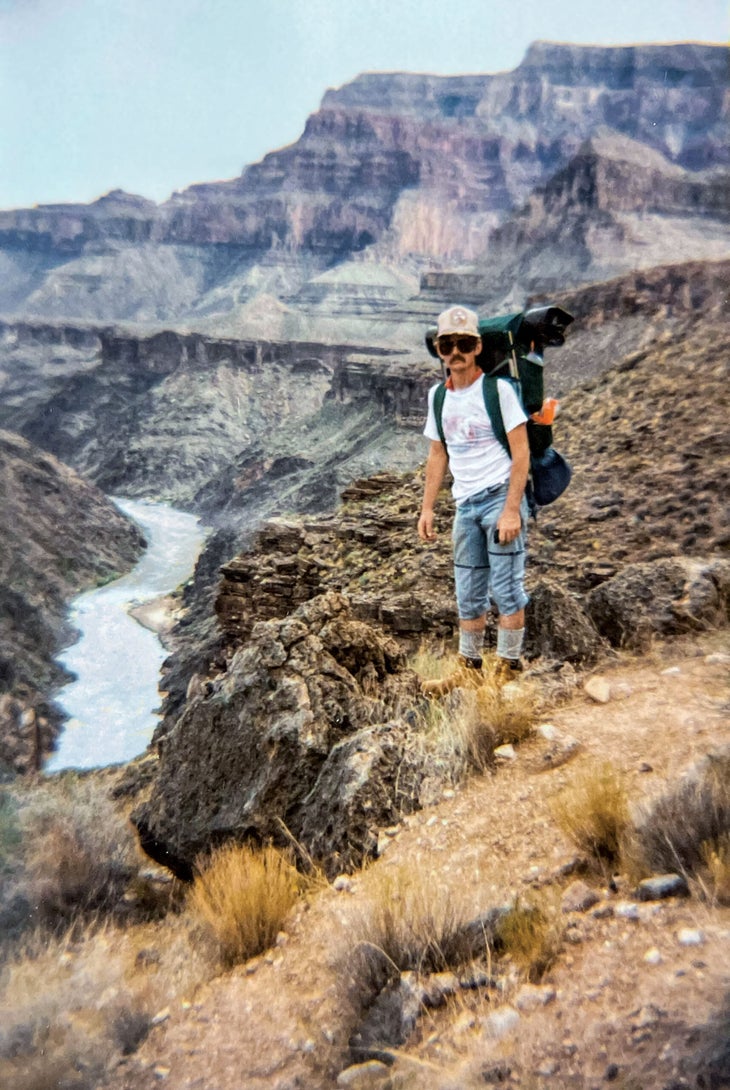
Brad Campbell, pictured in the 1980s, was a Grand Canyon regular, and his favorite route was the Grandview Trail. He passed away last year at the age of 70. Photo: Campbell Family Archive
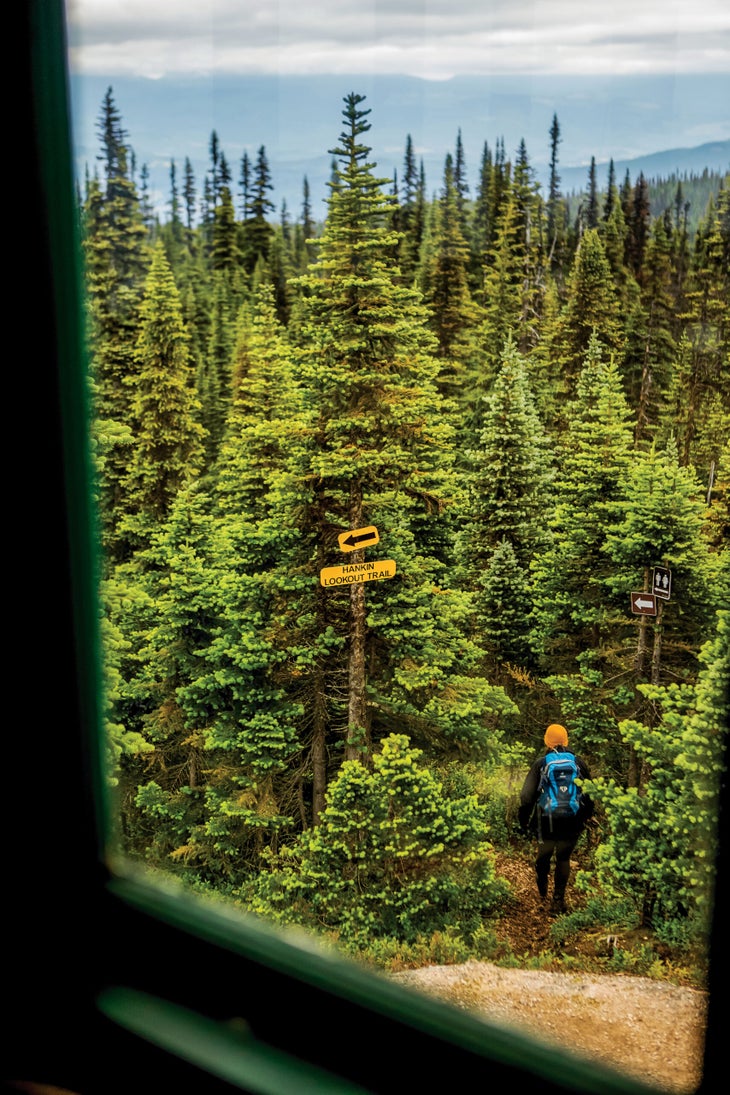
In the year 2020, a hiker descends from the safe haven of a cozy fire lookout and alpine cabin in Canada’s remote Hankin-Evelyn hiking area. Photo: Abby Cooper
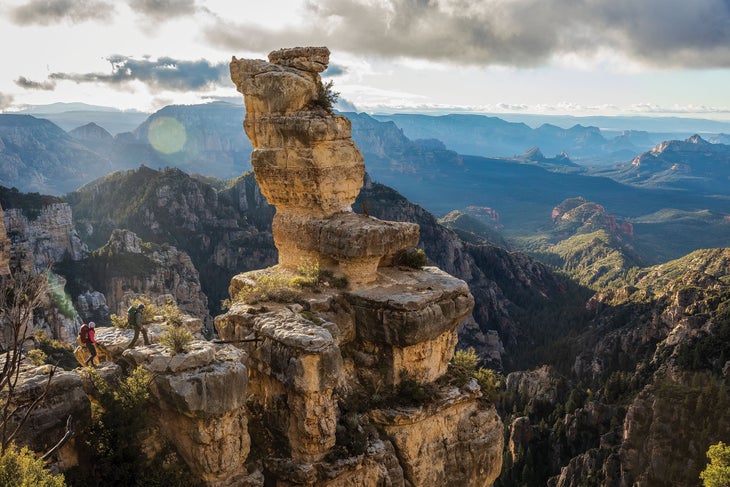
Two backpackers hike to the “End of the World” in Arizona’s Coconino National Forest in 2021. Photo: Dan Holz
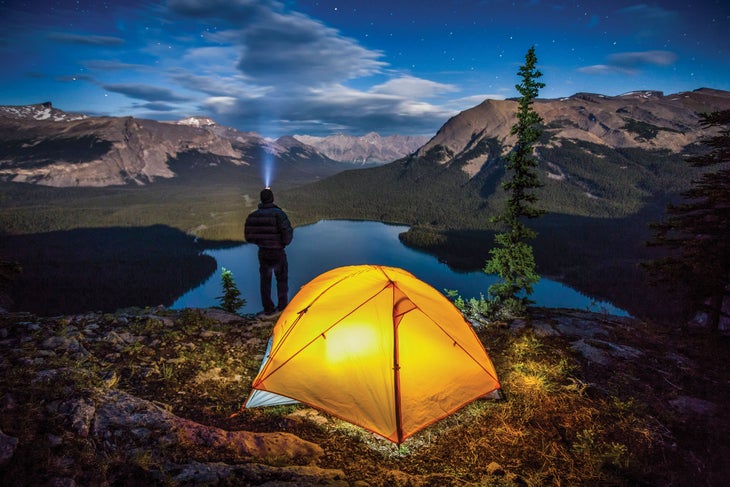
Most of the trails in Canada’s White Goat Wilderness Area originated as pack trails and are not regularly maintained, but the views, like this of Pinto Lake in 2013, make it all worth it. Photo: Paul Zizka
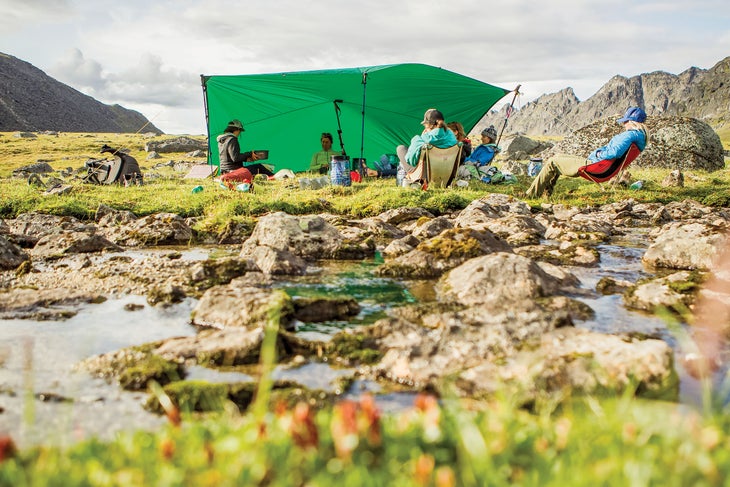
Alaska’s remote Talkeetna mountain range is a place where thousands of caribou visit, but only a handful of people make it there, such as this group in 2019. Photo: Abby Cooper
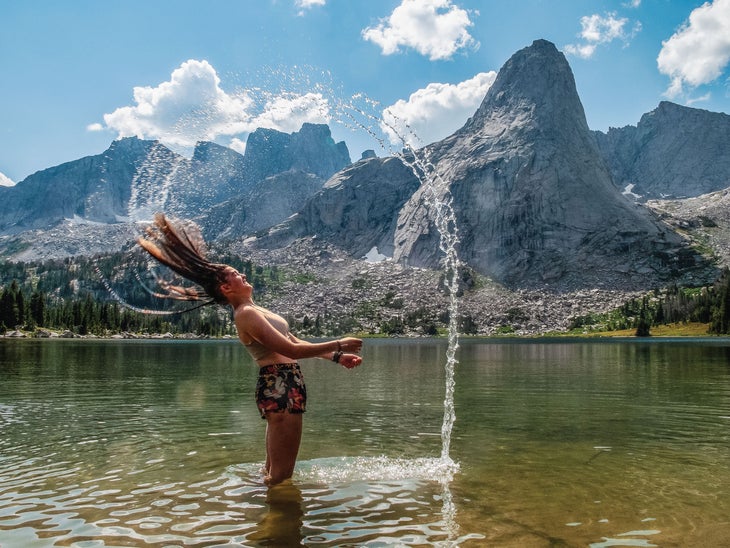
In 2020, Wyoming’s Lonesome Lake didn’t feel so lonesome. When the Covid-19 pandemic forced everybody inside, many took to the outdoors for exercise, socially distant community, and a bit of joy. Photo: Brad Kaminiski
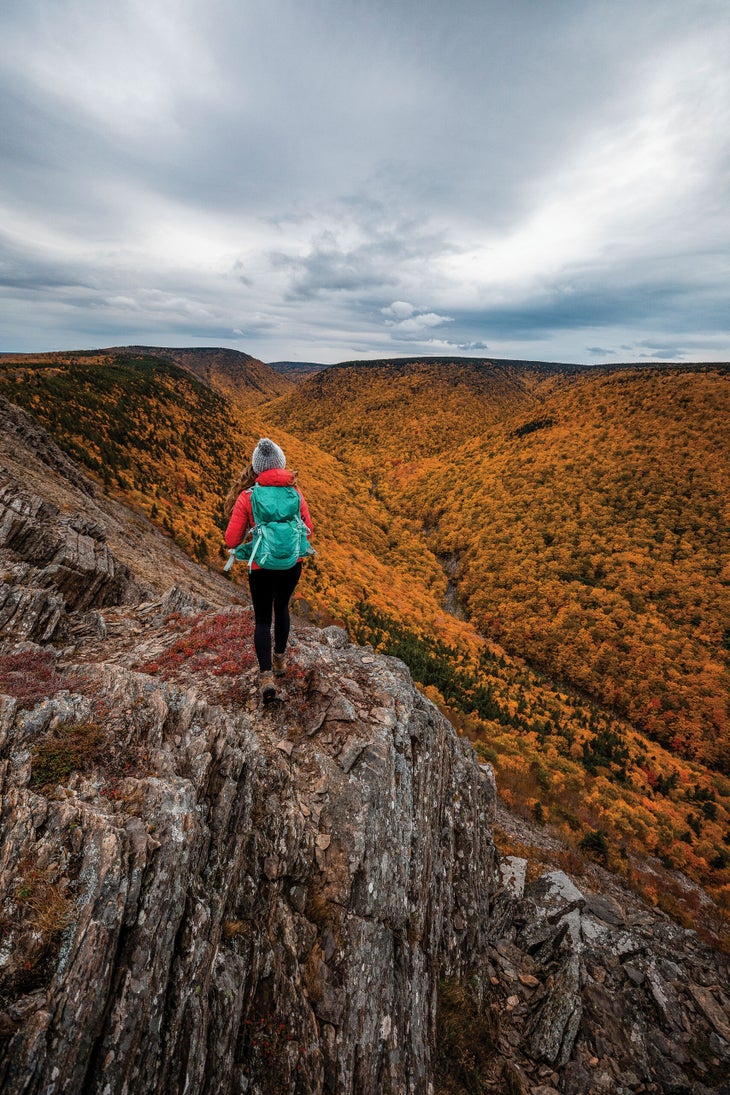
Hiking is all about finding a spot to stop, breathe, and reflect on the changing scenery around you. There’s no better place for that than on Canada’s Meat Cove Mountain, pictured here in 2018. Photo: Taylor Burk
